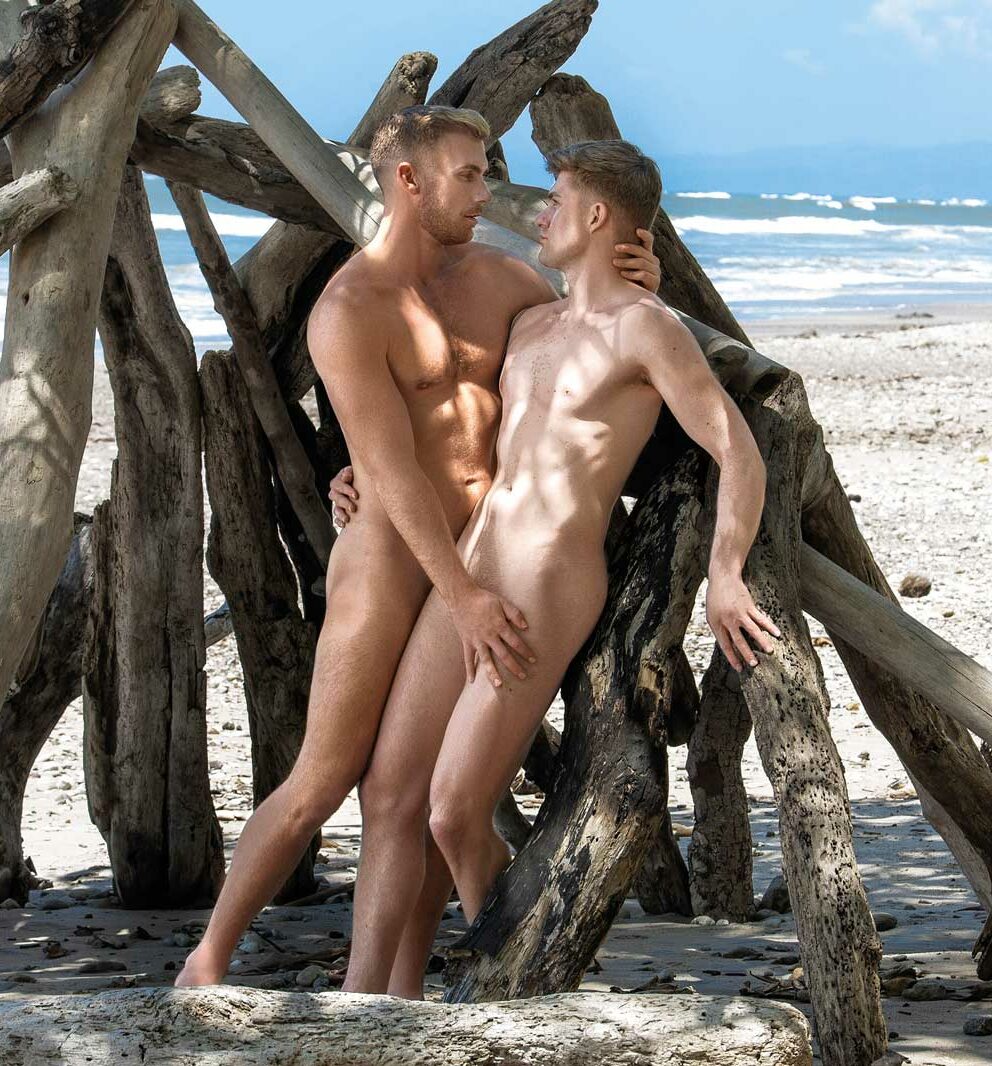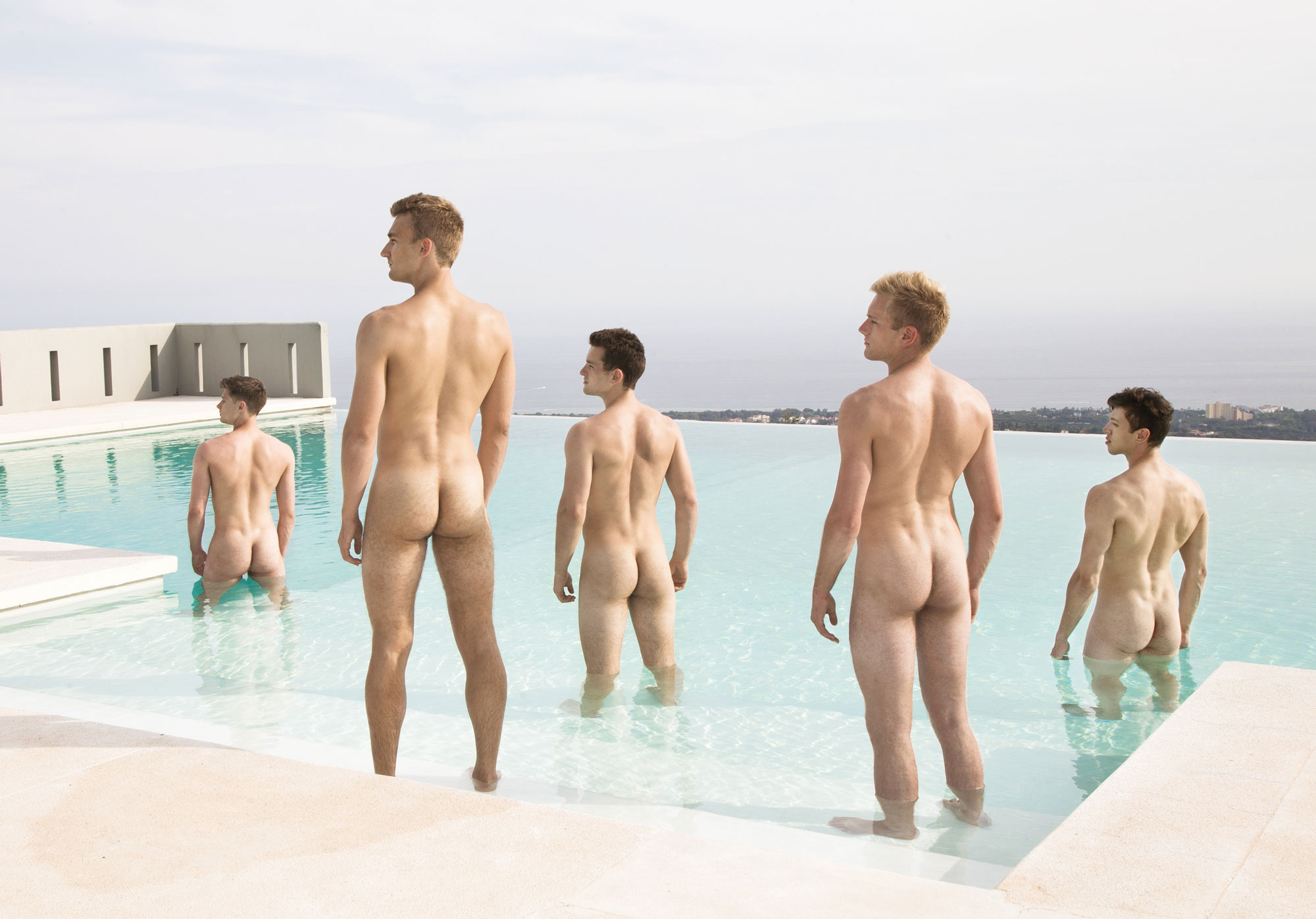Check out ‘The Changing Room’ – order our first poetry book
Worldwide Roar is now BAREFOOT MAN! Learn more

Stay up to date with our latest news, competitions and offers. We look forward to staying in touch.

As both a former colleague and neighbour of the artist Angus Malcolm, I have been familiar with his photographic project since its inception. I have watched its evolution with great interest and was therefore honoured to be invited to curate a selection of images for this exhibition.
I have revisited every work that Angus has published over the last seven years across five books and several calendars. From an archive of several hundred impressive images, I have curated 40 that I consider to be particularly outstanding.
Angus and I have often talked about his artistic vision, which has driven both the Warwick Rowers and the Worldwide Roar across more than a decade. I have watched with curiosity and admiration as his style and technique have developed in terms of both his breadth of vision and the scale of the work itself.
It has been a joy to follow Angus’s journey toward creating a substantial body of images in a variety of locations around the world, all connected by his ongoing search for a new way to look at men. He invites us to see men differently, as if for the first time, and this is what inspired the title for my collection: Seeing Men.
The exhibition comprises seven sections: Architecture; Form; Material; Performance; Atmosphere; Humanity; Massed Bodies. Each section brings together a group of images that I believe show a particular trait in Angus’s visual repertoire or a particular narrative thread in the messages these images convey.
The choices that I have made were based on the artistic power of each image. The works are unified by more than the obvious common feature of the naked male form. The artist has talked about his quest for “intimacy” and I was struck throughout my research by his skill in pursuing this quality. The work radiates humanity and I believe that every image in this collection makes a comment on intimacy as an aspect of our relationship with masculinity.
The more that I interrogated these images, the more I found myself drawn to images where Angus has transcended, inverted or subverted the orthodox male gaze. There is something very contemporary about a naked man staring directly at us in a way that suggests acknowledgement and acceptance rather than defiance and pride.
Historically, the male nude has been viewed through either a scientific or a hagiographical lens. We find references to classical mythology in heroic nudes of men as gods, surrounded by nymphs and fauns. In other paintings, such as by Degas, the nude often has an academic study feel about it – and that dispassionate scientific approach can be seen in the anatomy and movement studies by artists from Rembrandt to Eadweard Muybridge.
Angus has successfully brought many of these historic art references up to date, inverting tropes, inviting the subject to stare directly into the camera, breaking the third wall, and disrupting stereotypes. Whatever we might like to think, the subjects are neither gods nor specimens, but living, breathing men. They are more often than not shown full figure. In our close-up, cropped and over-edited world, it is refreshing to see the full form of the figure, natural and unmanipulated.
The work holds its own alongside the work of other contemporary artists who use the human form to express ideas, works that are often political in their inception. These artists include Robert Mapplethorpe and Andy Warhol, two of the first outwardly gay artists to interrogate the male form and their own sexuality using film and photography.
In this generation, artists such as Vanessa Beecroft, Marina Abramovic and Eddie Peake use images of collective bodies, just as Angus does, but with a focus on furthering conversations within the world of culture. Angus does something else. He combines his skills as a visual artist with his talent as a communicator to focus on delivering images that speak to everyone.
My choices were also based on the visual style and clarity of the images. I have looked for the most strikingly clear compositions. There is also a sophisticated use of the environment, foliage, trees rocks and colour and I have paid attention to the settings and the locations. I particularly enjoy the deft way that the photographer often unites the environment with the figure. The backgrounds are sometimes strikingly graphic architectural locations; they become a foil for the naked form and bring a sense of history and authority to the massed groups we see before us.
What is true of every image in this collection is that it was captured with real athletes in real environments, using natural light and minimal post-production. This is just in a body of work that comes from a place of profound authenticity. These images have been created by an artist with a unique and considered perspective on how our culture looks at men. Angus seeks to disrupt assumptions, challenge expectations and empower new paradigms in our perspectives on the male body. He is pursuing a bold vision and I offer you forty reasons why the rest of us should care.
– Keith Khan
Photography has enabled me to explore my complex relationship with the male body, and especially my ongoing struggles to look at it.
I started to grapple consciously with how I could look at men in secondary school, where communal single-sex changing rooms set everyone’s boundaries in bricks and mortar. Windowless walls kept naked boys and girls apart, setting heterosexual desire in concrete.
The communal spaces within those walls felt by contrast like vacuums, environments hostile to the existence of sexual desire. Looking back, I see these changing rooms as the place where my sexuality was starved of oxygen at birth. I did not experience a sexual awakening but rather the start of a brutal, flailing lifelong process to dissociate healthy desire from feelings of guilt, anger and shame. Creativity has always been a key part of that process of recovery.
I came to photography after writing and performing did not enable me to reach a level of meaning or authenticity that satisfied me. I finally found my voice by revisiting the covert, inadvertent moments of voyeurism I distantly recalled from the male changing rooms of my adolescence.
This meant putting the all-male space – and the sporting culture that went with it – at the heart of my creative process. It meant returning to an area of life that I had always found intensely uncomfortable, but it was the only place where I felt able to confront my relationship with sexuality and masculinity.
With the very generous support of sportsmen (who also gave me my first experience of leading a team), I have been able to address the trauma of my adolescence by creating photographic work in a transparent, consensual and healing space.
I see my photography as a space in which I can be honest. I am forever grateful to the many athletes who responded to my willingness to bare myself metaphorically by baring themselves physically; it enabled all of us to explore the resulting psychological disruption.
Together we have been able to create a space that enables each of us to tackle our relationships with masculinity. I now aim to create that space with every man I photograph because I believe it offers us a unique opportunity to confront our hidden shame and unspoken regrets as men.
Discovering the work of the early homoerotic photographer Baron von Gloeden was undoubtedly a crucial part of my own journey. In a world devoid of accessible male nudity, the occasional glimpses I found in academic books of Von Gloeden’s nudes of young Sicilian men gave me hope that my desire to look at men was neither unique nor new.
This was a cultural and psychological lifeline for me. It began my exploration of queer male photography and filmmaking, a ghettoised and disreputable sub-genre in a cultural landscape that, from high culture to hardcore porn, is saturated with images of the female body and reliably fails to question why.
The straight male gaze represents the cultural hegemony that denied my needs and sought to obliterate my identity, so it is undoubtedly part of the back story of my work, and part of what I push against. Above all I want my work to associate the bodies of the men I photograph with their identity as human beings. Confronting the straight male gaze that has been abusively imposed on so many of us will, I hope, lead to a healthier male gaze, regardless of the sex or gender of the subject.
Queer perspectives have always been there in our culture, but they must now take their place alongside feminist perspectives as clear, loud voices at the table where only straight white men once sat.
I am proud of the history of queer art on which I can draw, but I have a problem with the walls of that ghetto as much as I had with the walls of the changing rooms at school. This is not just about how I look at men but how we look at men. I see my interactions with the men who present themselves to my gaze as part of building a relationship that allows everyone involved to explore their relationship with their masculinity, including the viewer.
It is because we have all grown up under the patriarchy that we all need to change how we look at men. I started taking pictures to capture and evaluate my own progress on this journey, and to share it.
– Angus Malcolm
Entry to the Seeing Men Virtual Exhibition is available with a donation to our Charity Partner Sport Allies. Every penny you donate goes directly to supporting Sport Allies and its important work to highlight the people and projects making sport a more inclusive place for everybody.
Or, if you already have a password, please enter it here:
You need to load content from reCAPTCHA to submit the form. Please note that doing so will share data with third-party providers.
More InformationYou need to load content from Turnstile to submit the form. Please note that doing so will share data with third-party providers.
More InformationYou need to load content from reCAPTCHA to submit the form. Please note that doing so will share data with third-party providers.
More Information